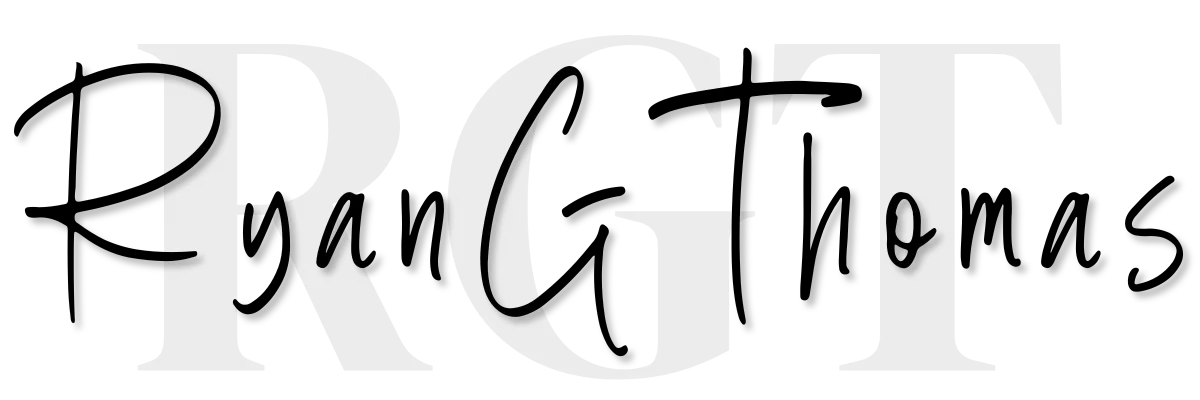Articles and How To's

Crafting the Perfect Outline for Your Online Course
Crafting the Perfect Outline for Your Online Course
Building on our previous discussion on the potential of creating online courses as a source of passive income, it's essential to understand the core foundation of any successful online course: the outline. A well-structured outline not only ensures the efficient delivery of knowledge but also enhances the learning experience for your students. Here's a comprehensive guide on crafting the perfect outline for your online course.
1. Understand Your Target Audience
Before diving into content creation, it's crucial to know who you're teaching. Ask yourself:
What is their current skill level?
What are their expectations from the course?
What challenges are they trying to overcome?
Having a clear understanding of your audience will guide the depth and breadth of your content.
2. Define Clear Learning Objectives
Every course should have defined outcomes that students can expect by its conclusion. Clearly stating what students will know or be able to do by the end of the course sets clear expectations and ensures that both you and your students are on the same page.
3. Start with a Brain Dump
Begin by jotting down everything you want to cover in the course. This process will help ensure you don't miss out on any crucial information. Think of this stage as a rough sketch of your course's content.
4. Organize Topics into Modules or Units
After your brain dump, group related topics into broader categories. These categories will eventually become your course modules or units. Each module should represent a significant segment of your course's content and follow a logical sequence.
5. Break Down Modules into Individual Lessons
Once you've identified your modules, divide them into individual lessons. These lessons should be bite-sized, ensuring that students can digest each one in a single sitting. Typically, each lesson should last between 5 to 20 minutes.
6. Use Varied Content Formats
Remember that people have different learning preferences. Some prefer video content, while others might resonate more with text or infographics. Depending on your audience and course content, decide on the formats you'll use, such as:
Videos
Quizzes
PDFs or downloadable resources
Audio segments
Interactive assignments
7. Plan Interactive Elements
Engagement is crucial in online learning. To maintain student engagement and ensure they're internalizing the content, incorporate quizzes, assignments, and discussion boards into your course structure. These elements not only make learning interactive but also provide an avenue for feedback and assessment.
8. Conclude with a Recap and Further Resources
Every module should conclude with a brief recap of the main points covered. This reinforces learning and ensures key takeaways are remembered. Additionally, providing further resources or reading materials can be beneficial for students wanting to delve deeper.
9. Get Feedback on Your Outline
Before you delve into creating the actual content, share your outline with a few trusted peers or potential students. Their feedback can provide invaluable insights, helping you refine the course structure further.
10. Revise and Refine
Your first draft will seldom be perfect. As you start creating content, you might find the need to adjust your outline. Be flexible and open to change. Your primary goal should always be to deliver the best learning experience possible.
Conclusion
Creating an effective online course is not merely about sharing what you know; it's about structuring that knowledge in a way that's accessible and engaging for your students. A well-thought-out outline serves as the backbone of your course, ensuring that your expertise is transformed into a transformative learning journey for your audience.
Remember, the journey of creating an online course is a blend of art and science. And while crafting the perfect outline may seem daunting initially, with persistence and a clear vision, you're well on your way to making a meaningful impact. Embrace the process and happy teaching!
If you want help creating your course, click here to join our FREE course creator challenge today and start making passive income for years to come, on auto-pilot!
